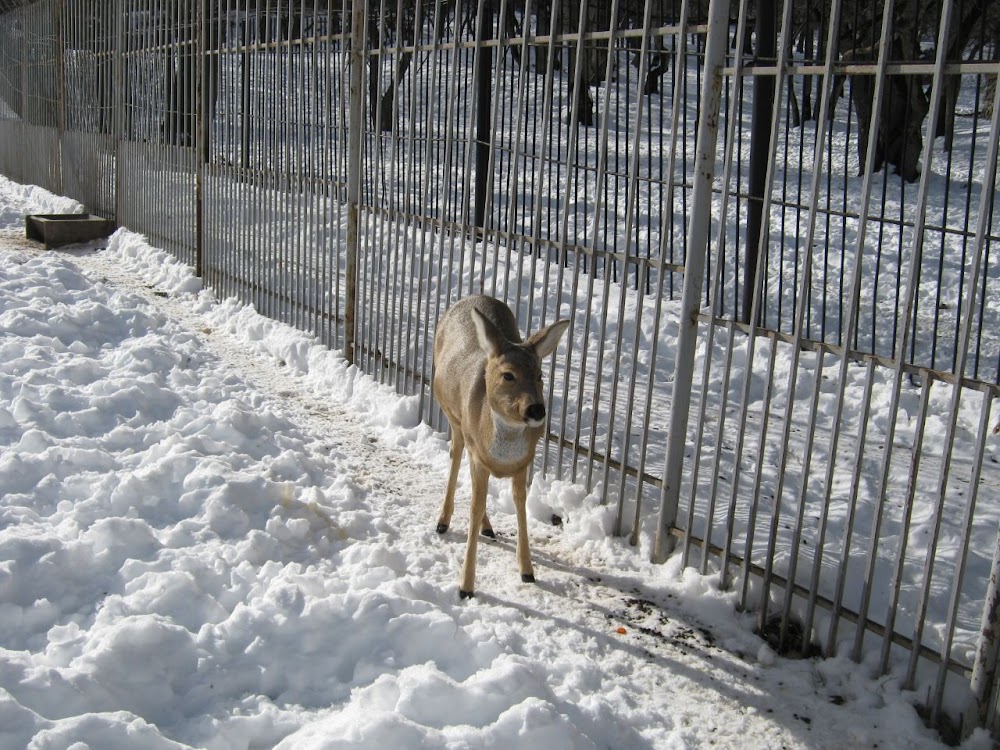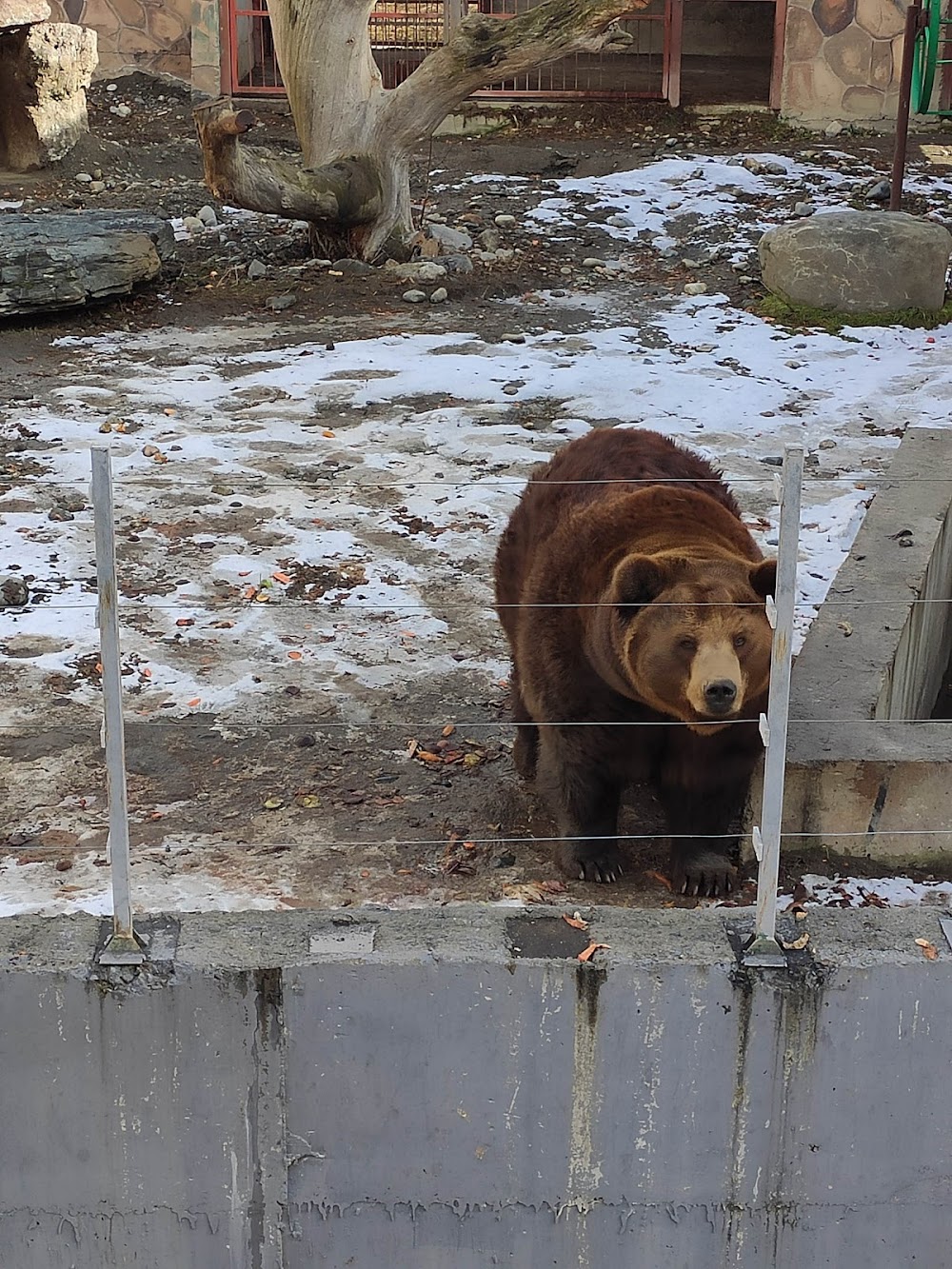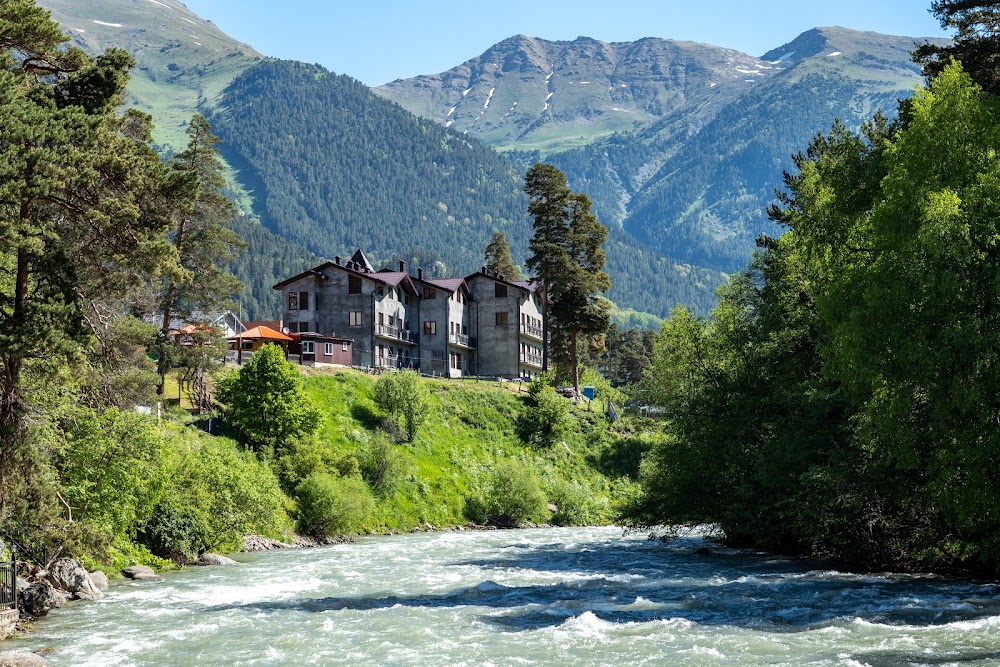Teberda Biosphere Reserve (Тебердинский заповедник)
Overview
The **Teberda Nature Reserve**, also known as the Teberda Biosphere Reserve, is a breathtaking natural haven located in the **Karachay-Cherkess Republic of Russia**. Established on November 21, 1936, this expansive reserve spans approximately **85,000 hectares**, featuring a stunning variety of landscapes, including lush forests, vibrant alpine meadows, and crystal-clear rivers. Its diverse ecosystems make it a vital sanctuary for numerous plant and animal species.
The reserve was primarily created to protect the **unique landscapes** and rich biodiversity of the **Greater Caucasus** region, home to many rare and endangered species. The terrain varies dramatically, ranging from **1,260 meters to 4,092 meters** above sea level, and is home to over **1,200 plant species** and a wealth of wildlife, including the **Caucasian tur**, **chamois**, **brown bear**, and the majestic **golden eagle**.
Establishing the Teberda Nature Reserve was a crucial step in combating the overexploitation of natural resources in the area. During the Soviet era, forestry and hunting regulations were implemented to restore native wildlife populations and allow forests to rejuvenate. This led to extensive reforestation efforts and a remarkable resurgence in wildlife numbers, showcasing the positive impacts of conservation practices.
In 1985, Teberda gained recognition as a **Biosphere Reserve** under UNESCO's **Man and the Biosphere Program**, highlighting its importance on a global scale. This prestigious status emphasizes not just conservation but also community engagement and sustainable development. It attracted international attention, leading to increased initiatives in research, conservation, and ecological education, thereby reinforcing the reserve’s role as a global ecological leader.
The reserve serves as a hub for **scientific research**, where experts conduct extensive studies on its diverse ecosystems. Research focuses on the behavior of species, plant communities, and environmental changes, which are essential for developing effective conservation strategies and maintaining the ecological integrity of the reserve.
Teberda's remarkable geography significantly contributes to its climatic and biological diversity. Its **glacier-fed rivers** and numerous lakes, such as **Lake Kara-Kel**, are vital water sources that nourish various ecosystems within the reserve. The rugged terrain, deep gorges, and pristine landscapes attract nature enthusiasts and tourists, offering a perfect backdrop for adventure and exploration.
Tourism in Teberda is carefully regulated to minimize environmental impact. Eco-friendly trails and guided tours are designed to educate visitors about the ecological significance of the area while ensuring that their presence does not disturb the delicate balance of nature. Popular activities include **hiking**, **bird-watching**, and educational tours that enhance visitor experiences while promoting conservation awareness.
Teberda also features several facilities dedicated to **environmental education and outreach**. Visitor centers and educational programs aim to raise awareness about conservation's importance, encouraging both locals and tourists to actively participate in protecting the environment. Schools and universities often collaborate with the reserve for field trips and practical studies, fostering a deeper understanding of ecological concepts among students.
Local communities play an integral role in the reserve's management and operations. Indigenous knowledge is often incorporated into conservation strategies, ensuring that traditional methods of land use and resource management are respected and preserved. This collaboration highlights a sustainable approach to conservation that benefits both nature and the local populace.
The **Teberda Nature Reserve** stands as a testament to the successful integration of traditional conservation methods with modern environmental science. Its establishment and ongoing preservation efforts reflect a strong commitment to safeguarding our natural heritage for future generations.
As the reserve continues to thrive, it remains a sanctuary of biodiversity and a crucial refuge for countless species. By fostering a harmonious relationship between people and nature, Teberda exemplifies how resilience and conservation can coexist, creating a sustainable and vibrant natural world for all to enjoy.






